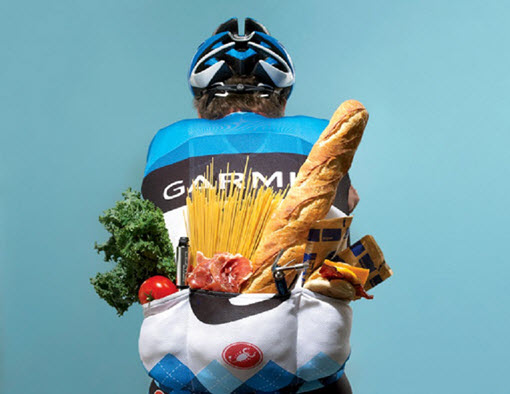
Looking back, I suppose it”™s understandable that it took me 3 appointments to figure out what was going on with my client.
First and perhaps foremost, this client, whom we”™ll call John, was a cyclist.
John came in for his appointment in rather odd clothes, but that”™s hardly noteworthy in the California bay area. He wanted to lose weight.
John was already thin. Still, his desire to lose weight didn”™t seem noteworthy, either. In my experience, cyclists often try to lose weight to give them an advantage on the road, particularly on hills. Many cycling routes in California are known for the tough climbs they present.
The leaner a cyclist can become — particularly if he or she can maintain strength and power — the faster he can climb those hills.
Typically, my clients who are athletes (of any type) are interested primarily in results. They welcome suggestions and recommendations that will help them get those results. That tends to be true even if my recommendations seem contrary to what they”™ve heard elsewhere.
What set John apart from other athletes was his reluctance to do anything I asked him to do nutritionally.
My recommendations for John were nothing out of the ordinary. They all had to do with ensuring that he was properly fueled for both his training rides and his events. In order to keep his energy at peak levels and limit the loss of lean mass, I suggested making his weight loss gradual and carefully trimming calories from the non-ride portions of his day — and certainly not from his pre-ride meals, his on-the-bike fueling, or his immediate post-ride refueling. That fuel was too critical in his continued performance and power.
But John wanted to cut calories from all of those “fueling moments,” as well as the rest of the day. He didn”™t want to do it gradually or carefully.
So we had 3 appointments of food log reviews, more questions, and John”™s somewhat odd answers. In his third appointment, he requested supplements to speed up his weight loss, and it was clear that he was an anorexic.
First, he didn”™t fit the demographic. Only about 0.1% of anorexics are men.
And, again, he was a cyclist, so the desire to lose weight wasn”™t a red flag.
I don”™t work with anorexics because I”™ve found that there are psychological issues involved that are beyond my area of expertise and beyond the scope of my practice.
Since I don”™t feel qualified to deal with the issues of anorexia, I refer clients to those who are.
This post doesn”™t end with a final set of suggestions or food recommendations, other than to point out that it”™s sometimes necessary to look beyond the obvious when dealing with clients. Each one is unique.
- New Year’s Resolutions: A Sugar Addict’s Survival Guide - April 15, 2024
- Motivation vs. Enthusiasm - October 12, 2023
- Why Exercise Shouldn’t Be Just One Thing - November 9, 2022

